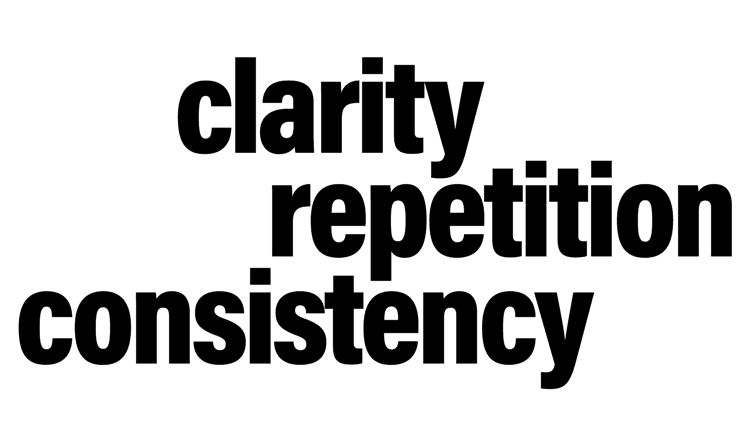We often hear, “We need something creative to send out for planned giving.”
Translation: “We have no idea what we’re doing, but maybe glitter will fix it.”
Here’s the truth — there’s nothing particularly creative about planned giving itself. The creativity lies in how you position the message. Jumping from one gift plan to another only confuses donors and makes your communications look like the result of a committee meeting where the only rule was that nobody could say “no.”
What actually works is what drives every great campaign: clarity, repetition, and consistency. Add a few donor faces, and you’re golden — because faces make messages memorable (and let’s be honest, nobody remembers your logo).
This is also why most nonprofits fail at planned giving. Not because they lack donors capable of making these gifts—they do. Not because the market doesn’t exist—it’s a $450+ billion sector. They fail because they keep chasing creativity instead of building the system that actually produces results. They change messaging quarterly. They “spice things up.” They run campaigns instead of programs. And after three years of inconsistent effort, they wonder why nothing stuck.
Look at the for-profit world:
- “Just Do It.”
- “Got Milk?”
- “Where’s the Beef?” (If you remember that one, you’re showing your age and probably still have a landline and an AOL email address.)
None of these changed the product. They just hammered one clear message until it was impossible to ignore.
Planned giving should follow the same principle.
The Message That Works
The most effective focus? Gifts that cost nothing during a donor’s lifetime. Bequests. Beneficiary designations. Simple plans anyone can make — even the people who still think “estate planning” is for billionaires with yachts named Tax Deduction II.
I’ve seen some of the ugliest planned giving display ads outperform Madison Avenue graphic design. Because the message was clear, the offer was simple, and the donor understood exactly what to do next. Fancy doesn’t beat clarity. It never has.
Make that your core message and repeat it relentlessly. (Yes, relentlessly — because your audience is busy forgetting everything else.)
What Actually Drives Planned Giving Success
- Focus on one simple message: (as mentioned) Gifts that cost nothing during lifetime.
- Frequency matters more than “massive” newsletters (which, let’s be honest, no one reads except the intern who proofed it).
- Stewardship for high-touch pieces; outsource the routine — unless you really enjoy licking envelopes.
This sounds simple because it is. Which is exactly why most organizations sabotage themselves by overthinking it. They add complexity. They chase novelty. They chase glitter. They let their planned giving messaging get tangled up with everything else they’re doing. And they never develop the discipline to stick with one thing long enough for it to work.
The difference between having a planned giving program and having one that actually generates revenue? It’s not sophistication. It’s consistency.
What Winning Programs Actually Look Like
Here’s what a disciplined, high-performing planned giving program looks like — no gimmicks, no jargon bingo:
- The foundation: A planned giving website (your educational hub).
- A postcard series focused on “gifts that cost nothing during lifetime” — featuring a different donor each time with a 10 word testimonial.
- A display ad for digital or print use.
- A few donor emails centered on bequests and beneficiary designations, each framed differently to keep attention without straying off message.
- Short branded explainer videos — because video still beats another 600-word email.
The organizations winning are strategic about their tools—not random. They run an Online Will Planner for supporters who want to create or update their estate plans and deploy our 25 Estate Planning Motivation Videos for 70% of Americans who do not have a will. They recognize that consistency compounds when every touchpoint reinforces the same core message.
These aren’t optional extras. This is the playbook of organizations that don’t just talk about planned giving—they actually execute it.
Frequency: The Secret Multiplier
Mail postcards as often as your budget allows — ideally monthly, or at least quarterly. Focus on your most loyal prospects. A quick loyalty scan will refine your list — tighter list, higher frequency, better results.
And since you’ll be reusing the same core design, most of your cost goes to postage, not printing or vendor fees (and hopefully we’re your partner).
The Bottom Line
Planned giving success doesn’t come from creative gimmicks or committee-approved puns. It comes from discipline, focus, and repetition.
Get those three right, and you’ll have a planned giving program that actually raises money — while everyone else is still “brainstorming ideas.”
Want to see what this actually looks like in execution? We’ve spent 25+ years helping 5,000+ nonprofits build planned giving programs that work. It’s not flashy. It’s systematic. And it produces results. You don’t need smarter data. You need smarter discipline.
This isn’t boring. This is what boring looks like when it works.
That’s what we do.



